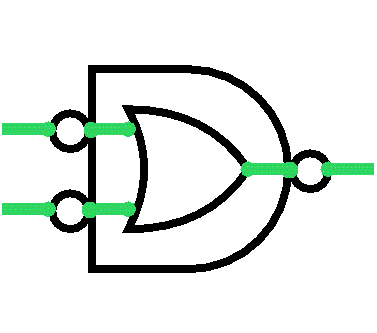Programmable Digital Electronics and Systems Lab - PRODIGIESLAB LLC

Methodology

Logisim is used for schematic capture and simulation of digital circuits.
PROTEUS-ISIS for schematic capture, simulation and PCB design of mixed-signal circuits.
Extended monitors help students to be more effective in their learning, focusing on experiments, not windows changing.
Prodigieslab Educational is dedicated to experimental and project-based learning activities, presenting courses with adapted curriculum for leveraging the interest of the students on solving real problems using engineering solutions.
Appropriate modern tools are used to promote the learning process and support lab activities.
The Virtual Learning Environment Moodle is used as outstanding tool not only for exercises, assignments and tests, but also for the labs experiments procedures and reports, instigating the research and learning on-the-go of the project.

Eagle employed for schematic capture and PCB design.
Notepad++ for VHDL editing.
Hardware verification is done editing on Quartus II and programming an Altera EP2C5T144C6 FPGA device hosted in the didactic kit EE-02-SOQ.
Courses addressed

Digital Techniques (T1-TDG)
Approaches combinational circuits.

Digital Electronics (T2-ELD)
Approaches sequential circuits
Projects / Experiments
Exp 0.2.5. This is the first hands-on lab experiment that my students design using FPGA on Digital Techniques Course, to learn how to edit and compile on Quartus II, and program the chip.
This digital circuit consists of a frequency divider and a set of control keys based on AND gates, which selects the signal switching frequency for the LEDs and the amplifier.
It aims to encourage students to set up a practical, sonic and visual circuit. A binary-to-decimal decoder was also inserted as a sub-circuit.
The amplifier used (left) is the output stage of a DAC converter.
Exp 5.17. This is a project-based experiment for my students of Digital Electronics, approaching a step motor control using a FPGA chip.
A 4-bits shifter register configured as a ring counter activates one of the four coils of the unipolar step motor at each clock pulse.
Four main clock frequencies (2 Hz, 4 Hz, 8 Hz and 16 Hz) are selected in the channels 1, 3, 7 and 15 (F hexa), respectively, of a 16 channels multiplexer, controlled by four switches.
